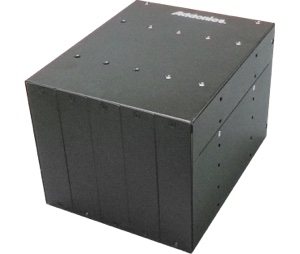Rumors say that complicated licensing deals with uncooperative film/TV studios and satellite/cable providers are delaying the rumored Apple-branded HDTV (the “iTV”) as well as a cable-ready Apple TV (http://macte.ch/W0PHd). If and when such deals are hammered out, Apple could be in a great position as far as “capturing the living room” is concerned.
According to an “Associated Press” report (macte.ch/mbyw0), the number of U.S. homes that don’t get traditional television service continues to increase, but that doesn’t mean they don’t have TVs. The Nielsen company says in a recent report that three-quarters of the estimated five million U.S. homes that don’t get TV signals over the airways or through cable, satellite or telecommunications companies still have TV sets.
Many of these homes are satisfied to use their TVs for games or get programming through DVDs or services like Netflix or Apple TV, according to Dounia Turrill, senior vice president for client insights at Nielsen. Before the percentage started declining about three years ago, more than 99% of TV homes received traditional TV signals. Now that’s dipped just below 96%, notes Nielsen.
Because of the changes, the research group is considering redefining what it considers a television household to include people who get service through Netflix or similar services instead of the traditional TV signals, according to Turrill said. During the first three months of 2012, the average consumer spent about 2 percent less time watching traditional TV than the previous year, Nielsen said. They more than made up for that by spending more time watching material recorded on DVRs or on the Internet through TVs, computers and mobile devices, says Turrill.
It’s obvious that many folks are tired of paying for cable and satellite bundles that include dozens, if not hundreds, of channels they never watch. If/when Apple makes it possible for consumers to have a la carte TV/video viewing, that will indeed be the company’s “next big thing.”
— Dennis Sellers



